Contribute
| India Mughal-Martha Period (1500CE-1800CE) Science And Technology |
Bijoy Misra
08/18/2022
India Mughal-Martha Period (1500CE-1800CE) Science and Technology Bijoy Misra While North India was ransacked by invasions and wars, the south India was relatively quiet. Great inventions in Mathematics took place in Kerala, lately known as the Kerala School of Mathematics and Astronomy. Astronomer Madhava had established the school in late fourteenth century and it remained active till the middle of seventeenth century. There is reason to believe that the ideas of differential calculus did develop through this school two hundred years before Newton. Other important contributions included the infinite series representation of sine and cosine functions and the accurate representation of pi. Nilakantha Somayaji (1444CE to 1544) (Figure 1) is considered the most prominent contributor from the school. Figure 1. Nilakantha Somayaji, the Kerala mathematician Rajput king Jai Singh helped build five observatories (Figure 2) separated by an average distance of two hundred miles. The observatories at Delhi, Jaipur, Ujjain, Varanasi and Mathura (Figure 3) were set up for astronomical recordings and calculation of planetary positions. The observatories built between 1735CE and 1745CE were used to help correct the traditional astronomical almanacs created from single point observations. Figure 2. Observatory at Delhi (current picture) Figure 3. Geographic distribution of the observatories established by Raja Jai Singh: Delhi, Jaipur, Ujjain, Varanasi and Mathura. Indian Ayurvedic system took a new turn with the introduction of the Persian methods of using plant and animal extracts. The Arabic Unani system benefited by incorporating new herbal therapies and diet regimens. The Unani method stressed on the attitude as a parameter with human voice as the sickness detector. Compounds of Mercury and Sulphur were experimented for difficult conditions. Hybridization of crops and introduction of new crops were important contributions of Moghuls in India. New arid lands in the west and over the hilly terrains in the east were brought under cultivation and techniques of sowing and irrigation were developed. Mughal Emperor Jehangir is known to have made efforts to document the animals inhabiting the land. The Dutch in seventeenth century created the first floral atlas of the vegetation in the country. Traditional musicology was coded into specialized raga music for the sake of court performance. Various string instruments were designed to help create proper tonal quality. Empirical methods of balancing voice and instruments in creating moods and to create harmony with nature were developed. Expressive works in theater with creative tuning of literature to musical rendering enriched the area culture. Grouting technology and construction engineering took bold turns in creating massive monuments and mausoleums (Figure 4.). Large infrastructure projects were undertaken to connect various parts of the country and create access to the production centers. Industrial production of textiles, silk, leather and iron goods created the new market driven population centers that needed careful planning. The economy during the period was good. Rivers were used for transportation and boat building technology matured. The Maratha king Shivaji maintained a naval force that subdued the British Navy. Celestial navigation helped mercantile boats trade in Arab lands and in far-away Cambodia and Indonesia. Science and technology from India did spread into the foreign lands through cultural exchange and settlements. The period is known for calligraphic book design (Figure 5) and illustrated chronicles. The technique of miniature paintings was developed in Persia and was heavily used in the Mughal courts and the Rajput kings. Extremely subtle designs in paper and cloth have been preserved as masterpieces of world art. Calligraphic work also incorporated in building design and ornamentation. Fine brocade designs in silk were highly prized and sought after in all royal courts. Figure 5. Kabutarnama, the book of Sparrows, 17th century A special kind of cotton was experimented and cultivated in the delta of the River Brahmaputra in the modern Bangladesh. With proper moisture control, the cotton could be spun into extremely fine yarns that produced finest muslin in the world. It is reported that the thread count in the woven fabric could exceed two thousand per inch (Figure 6). The British destroyed the industry in order to reduce India’s exports. References: 1. The Cultural Heritage of India, Volume VI, Science and Technology, The Ramakrishna Mission Institute of Culture, Calcutta, 1937, reprinted 1986.2 2. Ain-i-akabari by Abul Fazal https://babel.hathitrust.org/cgi/pt?id=hvd.hl426v&view=1up&seq=7 3. A Concise History of Science in India – Edited by D.M.Bose, S.N.Sen, B.V. Subbarayappa, Orient Black Swan, 2009. 4. IDC Presentation Spring 2019 https://www.indiadiscoverycenter.org/science-and-technology/ --------------------------------------------------- Dr. Bijoy Misra serves as the President of India Discovery Center and leads the Science and Technology track in the project on "Evolution of Indian Culture: Pre-history to 1947AD" More information and updates on the project are available at https://www.facebook.com/Evolution-of-Indian-Culture-An-IDC-Project-107749391111922 More information on India Discovery Center is available at https://www.indiadiscoverycenter.org (c) Copyright 2022 India Discovery Center, Inc. All rights reserved.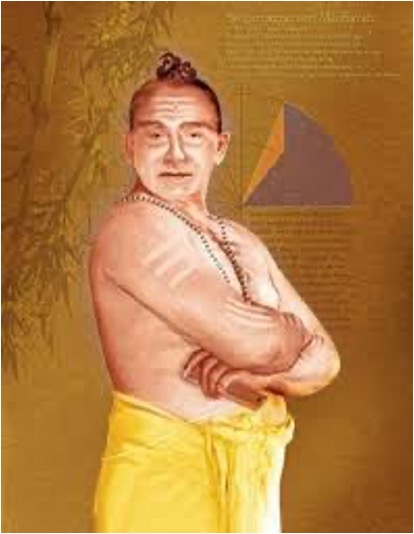
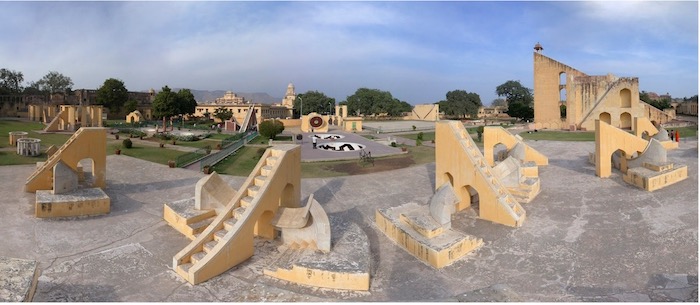
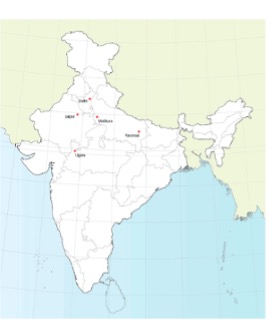
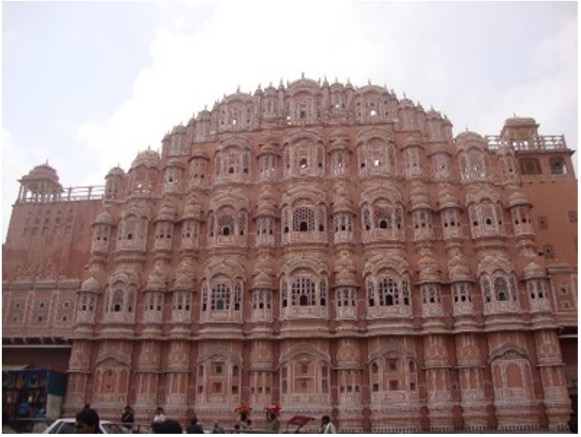
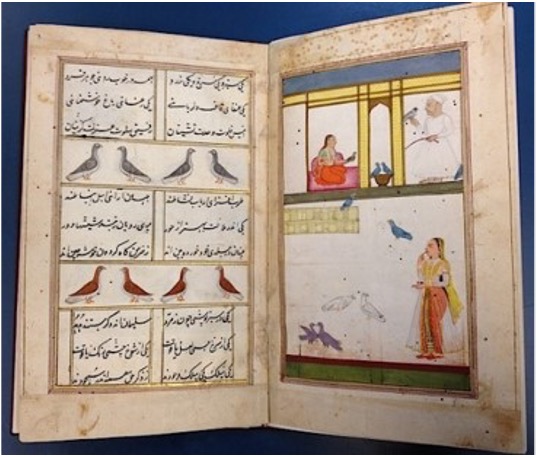
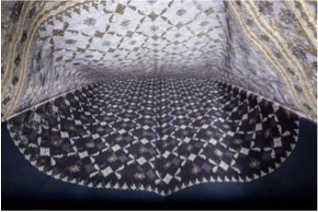
Figure 6. Fine muslin, 1750 CE
You may also access this article through our web-site http://www.lokvani.com/






